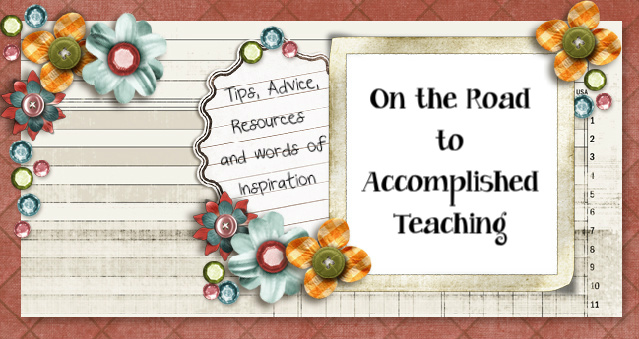Sometimes coming to class can be like waiting for the doctor. You wait, wait and wait some more. The typical classroom lesson approach is highly verbal, with lots of description and steps, steps, steps. This is not the life that our students live, so it's no wonder some of them start talking and playing around. Today's students are exposed to thousands of ideas and images in an instant, thanks to the speed of technology, such as:
- Gaming systems that get students to make quick decisions,
- News accounts that come to us in videos and sound bites
- Travel options that can take us around the world at breakneck speed.
The speed of the digital world is impacting our students. They are not used to waiting for information to develop, become exposed or to unveil itself. This is the age of immediate gratification. So, do we teach students to slow down or do we adapt to this faster pace?
Guiding Students to Slow Down:
It may prudent to help students slow down for some things - so that they're prepared for non-digital living.
- Close reading activities challenge students to take their time and read carefully
- Learning how to calculate using mental power and pencil power develops logical thinking
- Reading maps, learning how to evaluate, hypothesize, and analyze are all skills that deepen understanding
Integrating Quicker-Paced Activities:
We can also make sure that we include instruction that is geared to a quicker pace.
- Add games and activities that stimulate quick decision making
- Promote physical activities that get students moving in the classroom
- Use technology in your instruction: videos/interactive learning systems/cellphones
Queen Bee

